Seven years ago, the Palm Pre was primed to take on the Apple iPhone
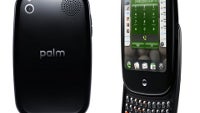
With CES 2016 officially kicking off on Wednesday, it calls to mind CES 2009. At the time, AT&T had the U.S. exclusive on the Apple iPhone and Verizon was in the process of failing miserably with the BlackBerry Storm. Years later, it would be revealed that every unit had been sent back to Verizon. Clumsy, awkward and full of bugs, it was quickly apparent that the phone was not the next iPhone challenger.
T-Mobile had a U.S. exclusive during the fourth quarter of 2008 with the HTC built T-Mobile G1. While the first Android handset showed some promise, there was nothing about it that would have led you to protect that it would soon become the world's most popular mobile OS. Instead, by the time the sun set on January 8th, 2009, it was quite obvious that Apple had a challenger at last. It was called the Palm Pre, and it ran on a web-based platform called webOS.
Palm had lobbed a hand granade into the market on January 8th when Jon Rubenstein displayed the Pre and webOS. The Pre carried a 3.1-inch screen with a 320 x 480 resolution, and used Multi-Touch which allowed users to "pinch-to-zoom" like the iPhone. The phone slid up to reveal a physical QWERTY keyboard and there was a wireless charging option using the Touchstone charger (which required an optional back cover).
As we noted, the Pre was powered by webOS, which used a card interface. Multi-tasking required a simple tap on an open card (which contained an active app). To close an app, one simply flicked the card off of the screen, a process used today by iOS and Android users.
Palm appeared to have a big winner on its hands. Instantly the phone was considered to be a legitimate challenger to Apple's smartphone. And Palm even made sure that it had developers on board to offer webOS apps through the Palm App Catalog. When the device launched on June 6th, 2009, it set a record as the fastest selling phone at Sprint. The Wall Street Journal reported that as many as 100,000 units were sold over the opening weekend and that most Sprint stores had sold out of their allotment.
The Pre was off to a great start, but storm clouds were beginning to form. The Palm App Catalog, where webOS apps were offered, did not open for business until more than three months had passed from the time that the phone was released. The build quality of the device was questioned as some units suffered the "Oreo effect" with the device twisting like an Oreo cookie. And Palm produced commercials that didn't really focus on the device or webOS. And the role of iPhone challenger was about to be turned over to the Motorola DROID.
Launched as a Verizon exclusive in the U.S. on November 5th, 2009, the DROID offered Verizon subscribers a larger screen than the Pre, and Android 2.0. The latter was a highly polished version of the first Android release. More importantly, Motorola marketed the phone with a series of in-your-face ads. And just like that, the Pre and webOS were finished. Amazingly, in the space of 10 months Palm had gone from being the toast of the smartphone industry, to just another company that failed to challenge Apple.
There would be a Palm Pre Plus, Palm Pre 2 and a Palm Pre 3 (produced by HP, which had purchased Palm in April 2010). But the latter never made it to the U.S.; unshipped versions of the device branded with the Verizon and AT&T name ended up sold on eBay.
But all of that was in the future on January 8th, 2009. When Jon Rubenstein left the CES stage that day, he surely must have thought that Palm had pulled out an amazing last second miracle that would save the company and give the iPhone a run for its money. No one could have predicted the swift demise of the Pre and webOS, which is now owned by LG. Ironically, at CES 2014, LG introduced a webOS powered television.
As we noted, the Pre was powered by webOS, which used a card interface. Multi-tasking required a simple tap on an open card (which contained an active app). To close an app, one simply flicked the card off of the screen, a process used today by iOS and Android users.
Launched as a Verizon exclusive in the U.S. on November 5th, 2009, the DROID offered Verizon subscribers a larger screen than the Pre, and Android 2.0. The latter was a highly polished version of the first Android release. More importantly, Motorola marketed the phone with a series of in-your-face ads. And just like that, the Pre and webOS were finished. Amazingly, in the space of 10 months Palm had gone from being the toast of the smartphone industry, to just another company that failed to challenge Apple.
There would be a Palm Pre Plus, Palm Pre 2 and a Palm Pre 3 (produced by HP, which had purchased Palm in April 2010). But the latter never made it to the U.S.; unshipped versions of the device branded with the Verizon and AT&T name ended up sold on eBay.


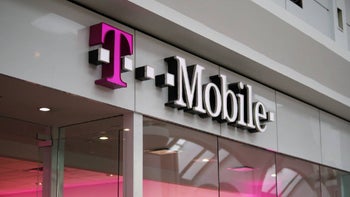

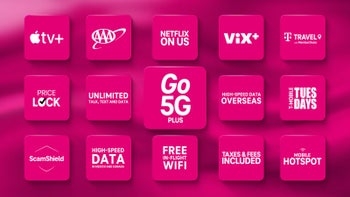

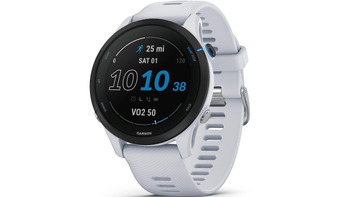
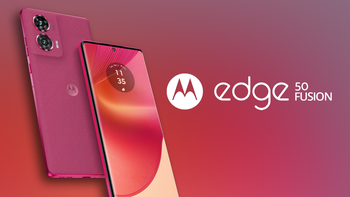
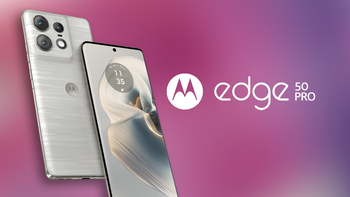
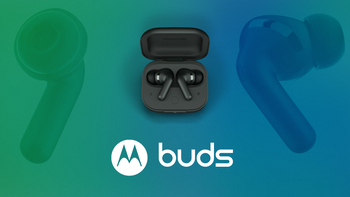
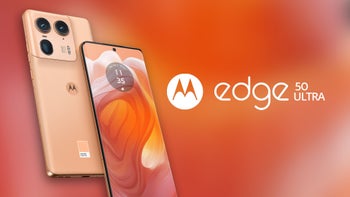

Things that are NOT allowed: